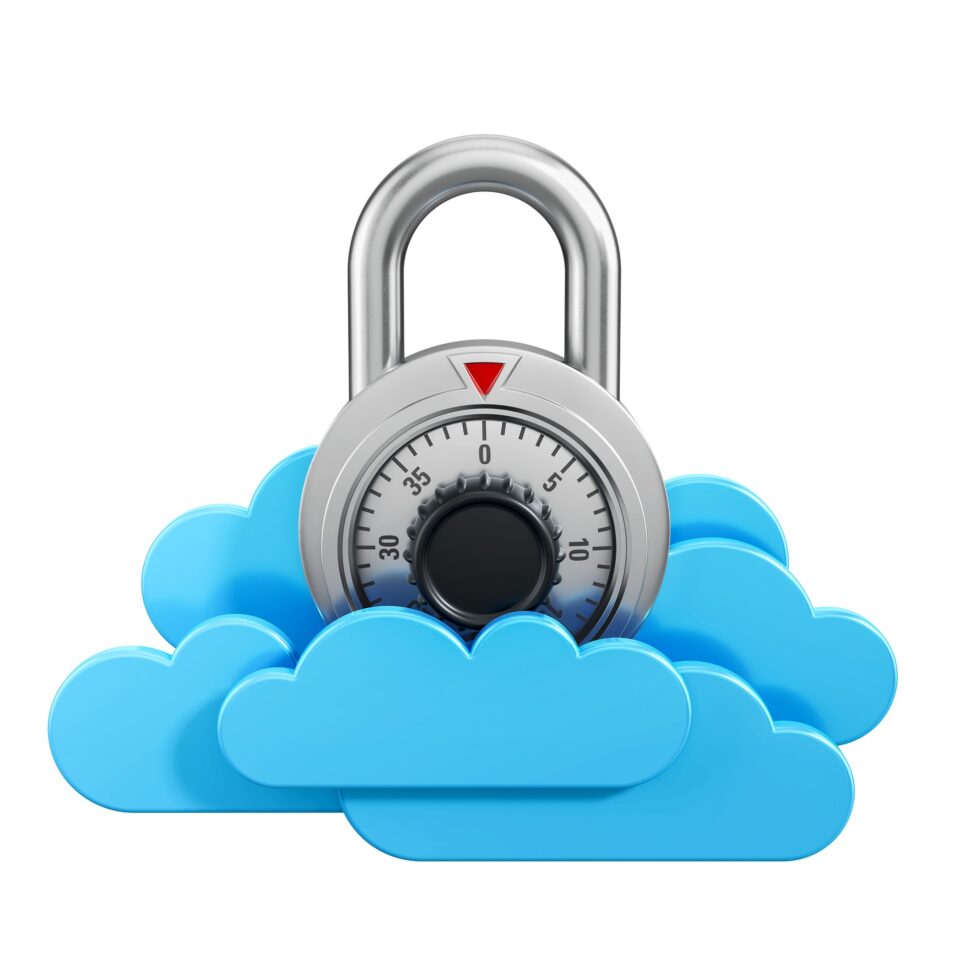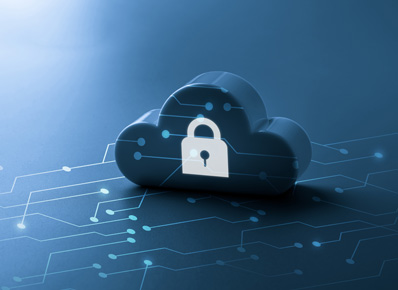
What is Cloud Security?
Cloud security is also known as cloud computing security, which refers to the method of securing cloud computing environments, applications, and data. Cloud Security involves securing the cloud environment against unauthorized access, DDoS attacks, malware, hacker, and other kinds of risks. It mostly refers to the SaaS (Software as a service) model of security services, which are hosted in the cloud rather than on-premise hardware or software.
Types of Cloud Computing:
Public Cloud Services
These are hosted by third-party cloud service providers like Amazon Web Services (AWS), Google Cloud which are generally accessible via web-browsers, that’s why identity management, authentication are very important.
Private Clouds
Private clouds are defined as computing services provided over the Internet or a private intranet and for select users only, not the public.
Hybrid Clouds
It has features of public and private cloud. These allow organizations to have better control over data and resources than in the public cloud. But still, they are able to use any public cloud benefits whenever required.
Three categories of Cloud Service Model:
Infrastructure as a Service (IaaS)
Enable the on-demand model for the virtualized data center’s preconfigured computing resources (i.e. network, memory, and operating system). This could involve automating the creation of large-scale virtual machines. It is therefore essential to consider how virtual machines are provisioned, managed, and terminated.
Platform as a Service (PaaS)
Provides tools and other IT infrastructure, allowing organizations to focus on building and running web applications and services. PaaS environments primarily support DevOps developers, operations, and teams. Here, managing and configuring self-service permissions and privileges is key to controlling risk.
Software as a Service (SaaS)
Includes applications hosted by third parties and typically delivered as a software service through a web browser accessed from the client-side. While SaaS eliminates the need to deploy and manage applications on end-user devices, any employee can access web services and download content. Therefore, appropriate visibility and access controls are needed to monitor the types of SaaS applications accessed, their use, and their costs.
What are the key cloud security considerations?
Lack of Visibility and Shadow IT
Cloud computing makes it easy for anyone to sign up for a SaaS application, or even create new instances and new environments. Users must adhere to acceptable use policies in order to obtain permission and register for new cloud services or create new instances.
Lack of control
Public cloud leasing means an organization that does not own the hardware, applications, or software on which the cloud services run. Make sure you understand the cloud provider’s approach to these resources.
Transmit and receive data
Cloud applications typically integrate and interface with other services, databases, and applications. This is usually achieved through an application programming interface (API). It is essential to understand applications and who has access to API data, and to encrypt any sensitive information.
Embedded/Default Credentials and Secrets
Cloud applications may contain embedded and/or default credentials. Default credentials pose an increased risk because attackers can guess them. Organizations should manage these credentials in the same way as other types of privileged credentials.
Incompatibility
Computing tools designed for on-premises or one type of cloud are often incompatible with other cloud environments. Incompatibilities can lead to gaps in visibility and control that expose an organization to misconfigurations, security holes, data leaks, excessive privileged access, and problems to follow.
Multitenancy
Multi-tenancy is the backbone of many of the cloud benefits of shared resources (e.g. lower cost, flexibility, etc.), but it also raises concerns about data isolation and privacy rights.
Scalability
Automation and rapid scalability are key benefits of cloud computing, but the downside is vulnerabilities, misconfigurations, and security issues. Other secrets (such as shared secrets – APIs, privileged credentials, SSH keys, etc.) can also proliferate with speed and scale. For example, the cloud admin console allows users to quickly provision, configure, manage, and dispose of large-scale servers. However, each of these virtual machines is born with its own set of privileges and privileged accounts, which must be properly integrated and managed. All of this can be further combined in a DevOps environment, which is by nature fast-loading, highly automated, and tends to see security as an afterthought.
Malware and external attackers
Attackers can make a living by exploiting vulnerabilities in the cloud. Rapid detection and a multi-layered security approach (firewall, data encryption, vulnerability management, threat scanning, identity management, etc.) You react better to resist the attack.
Insider Threats
Privileges Insider threats (either negligent or malicious) typically take the longest to detect and resolve, with the greatest potential for damage. A strong identity and access management framework and effective privilege management tools are key to eliminating these threats and reducing damage (for example, by preventing horizontal movement and special escalation). rights) as they occur.
9 Cloud security best practices
Strategy and policy
A comprehensive cloud security program should consider ownership and responsibility (internal/external) for risks cloud security risks, protection/compliance vulnerabilities, and identify the controls needed to evolve security and achieve the desired goals. final state.
Network Segmentation
In a shared environment, evaluate on-premises segmentation between your resources and other customers’ resources, and between your own instances. Leverage partitioning to isolate instances, containers, applications, and the entire system from each other when possible.
Identity and Access Management
Leverage robust identity management and authentication processes to ensure that only authorized users have access to the environment cloud, application, and data field. Apply the least privilege to restrict privileged access and harden cloud resources (e.g. expose resources to the internet only when needed and disable unnecessary capabilities/features/access) set. Ensure role-based privileges and privileged access are checked and logged through session monitoring.
Discover and showcase cloud instances and assets
Once cloud instances, services, and assets have been discovered and aggregated, manage them (i.e. manage and pivot passwords, etc.). Discovery and referrals must be automated as much as possible to eliminate shadow IT.
Password control (privileged and non-privileged passwords)
Never allow the use of shared passwords. Combine passwords with other authentication systems for sensitive areas. Ensure password management best practices.
Vulnerability management
Perform regular vulnerability scans and security checks and repair are known vulnerabilities.
Encryption
Ensure that your cloud data is encrypted, at rest, and in transit.
Disaster recovery
Be aware of your cloud service provider(s) data backup, retention, and recovery policies and procedures. Do they meet your internal standards? Already have strategies and solutions to break the ice?
Monitoring, Alerting, and Reporting
Perform ongoing monitoring of security and user activity across all environments and instances. Try to integrate and centralize data from your cloud provider (if applicable) with data from in-house solutions and other vendors, to get the big picture of what’s going on in your environment.

